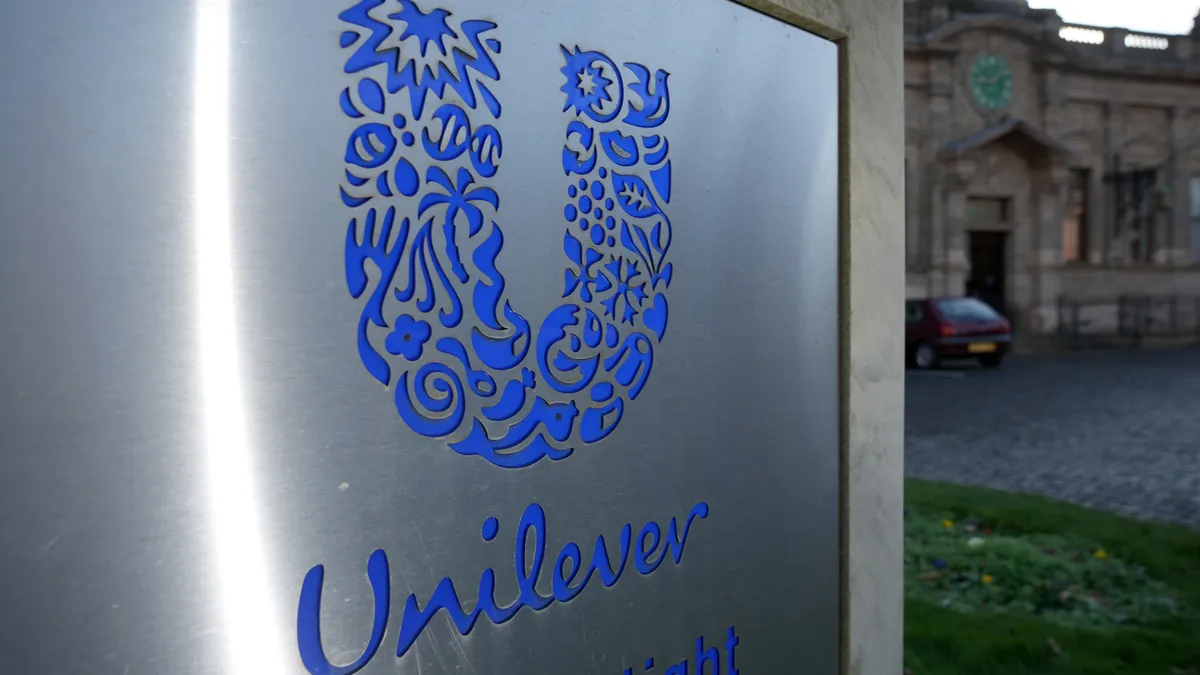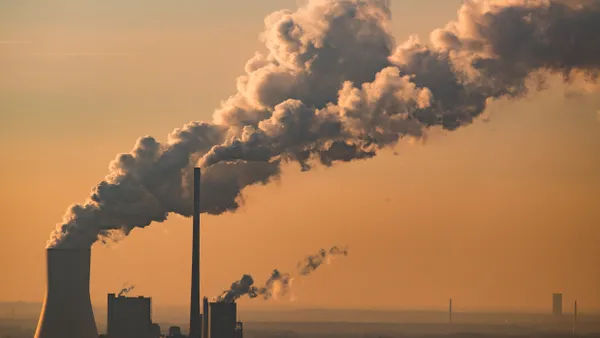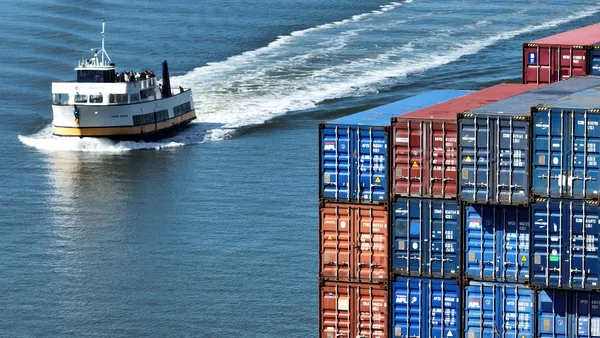Dive Brief:
- Unilever unveiled its latest climate transition plan last week, setting more ambitious goals to curb its carbon footprint by the end of the decade by slashing direct and indirect emissions across its operations. The strategy builds on the company’s goal of reaching net-zero across its value chain by 2039, ahead of the 2050 target most companies have set.
- The consumer goods company — which owns brands that include Ben & Jerry’s, Knorr and Dove — said it aims to reduce its scope 1 and scope 2 emissions by 100% by 2030, compared to a 2015 baseline. The company said it already met its near-term 2025 target of slashing its scope 1 and scope 2 emissions by 70% last year.
- Unilever also set goals to reduce its scope 3 emissions from energy and industrial operations by 42% by 2030, compared to a 2021 baseline, and reduce scope 3 emissions from forest, land and agriculture — especially those associated with ingredients — by 30.3% in the same time period.
Dive Insight:
The London-based multinational manufacturer, which supplies products catering to nutrition, hygiene, personal care and more, launched its updated climate strategy the same day the Securities and Exchange Commission finalized its long-awaited climate disclosure rule. The final rule — a pared-down version of the original — scrapped scope 3 emissions disclosures entirely and scaled back scope 1 and scope 2 reporting requirements.
Despite the retraction from the regulatory agency, Unilever said it planned to reduce scope 3 emissions from key categories, including raw materials and ingredients, packaging materials, logistics and transport, ice cream refrigerators, aerosol propellants and the end-of-life treatment of sold products.
Unilever said it needs to “drive transformations” in its agricultural supply chain to reach this goal. The company aims to do so by focusing on regenerative agricultural practices, which include nourishing the soil, increasing farm biodiversity, improving water quality, etc. The company said it was also looking to invest in landscapes and jurisdictions that surround its sourcing locations, with the aim of engaging with smallholder farmers, civilians, local governments and businesses.
The company said it slashed its direct emissions, scope 1 and 2, primarily through increasing use of renewable electricity and energy efficiency programs and plans to invest over 150 million euros ($163 million) in its manufacturing decarbonization program over the next three years. The program will focus on three areas: decarbonization of thermal and electrical energy, increasing use of renewable power and reducing emissions from refrigeration.
“As a company dependent on agricultural and energy-intensive chemical ingredients, we believe that transitioning to become a lower-emission business has many benefits,” Hein Schumacher, Unilever’s CEO, and Ian Maekins, Unilever’s chair and non-executive director, said in the introductory note to the climate action plan.
Schumacher and Maekins said transitioning to such a model “increases resilience, improves efficiency, and future-proofs [the company’s] value chain against transition risks such as carbon prices, while sparking innovation and helping to attract the best talent.”
Though Unilever said its plans “identify actions capable of delivering” its near-term emissions reductions targets, it also said the most significant challenge for its scope 3 reduction goals relates to emissions in its home care business. The company said “commercially viable pathways to reduce emissions from energy-intensive chemical feedstocks” by 2030 are not yet clear, which presents a difficult task for Unilever and other companies that are dependent on similar supply chains.











